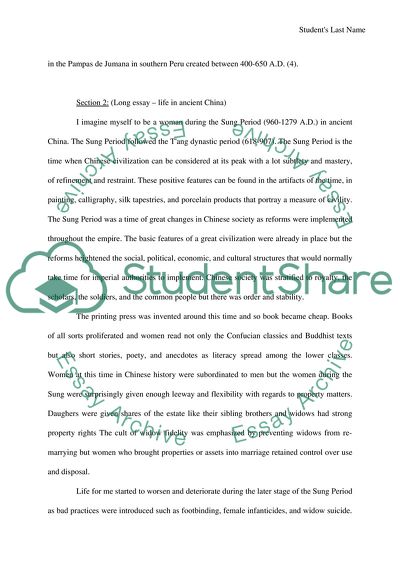Cite this document
(Exam in Ancient Cultures Assignment Example | Topics and Well Written Essays - 1500 words, n.d.)
Exam in Ancient Cultures Assignment Example | Topics and Well Written Essays - 1500 words. https://studentshare.org/culture/1835468-anient-culture-q-and-essay
Exam in Ancient Cultures Assignment Example | Topics and Well Written Essays - 1500 words. https://studentshare.org/culture/1835468-anient-culture-q-and-essay
(Exam in Ancient Cultures Assignment Example | Topics and Well Written Essays - 1500 Words)
Exam in Ancient Cultures Assignment Example | Topics and Well Written Essays - 1500 Words. https://studentshare.org/culture/1835468-anient-culture-q-and-essay.
Exam in Ancient Cultures Assignment Example | Topics and Well Written Essays - 1500 Words. https://studentshare.org/culture/1835468-anient-culture-q-and-essay.
“Exam in Ancient Cultures Assignment Example | Topics and Well Written Essays - 1500 Words”. https://studentshare.org/culture/1835468-anient-culture-q-and-essay.


